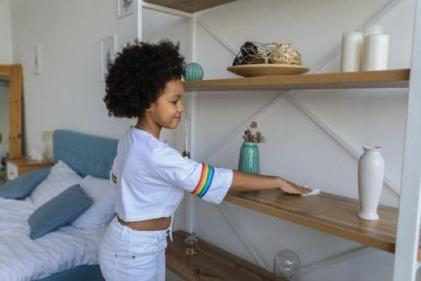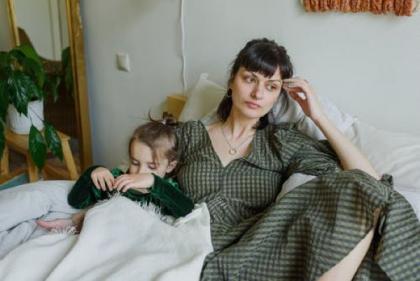Knowing what your child is capable of drawing at a particular stage in their development, will help you choose which pictures are the important ones to keep. From the age of two, most children will be able to clutch a crayon and scribble randomly on paper. It is also normal for them to want to draw on walls at this age, rather than paper, so supervision is a necessity. At about two-and- a-half years, your child will start naming and identifying their abstract scribbles.
Three- and four-year-olds start introducing figuration into their drawings. People are either simple stick-figures, or drawn as heads with limbs. These figures will very often be identical, even though your child is depicting different people.
Five- and six-year old children draw much more detailed representations of people. The heads and bodies are generally well defined and there will be areas of intense detail, such as eyes, or teeth. Accessories, situational objects and different settings will be drawn. Once your child learns to draw people or objects in a certain way, expect to see patterns in figuration with little variation. This is not due to stagnating skills, but is a method your child uses to gain confidence and understanding about drawing. At this stage, people and objects that your child draws will be at the bottom of the page, with a line representing the floor or ground.
Between the ages of seven and twelve, you child's drawings will become more detailed and structured. Specific actions and events may be depicted, as well as attempts at introducing 3-dimensional elements into the drawings or paintings.
Depending on your child's proficiency with drawing and art, they may or may not continue with producing art on their own accord. This is due to self-criticism and they may decide to limit or stop drawing or painting altogether. Successful drawings will be repeated with little variation at this stage, but this is only done to reinforce the skills and methods they have learnt.
Because your child might lose interest in making artwork at this stage, it is important to identify and catalogue the drawings and paintings you want to keep of theirs. You can frame them, use them for as part of your décor. If the drawings cannot be preserved on their own, take a digital photograph and use the imagery on fridge magnets, or have the imagery printed on pillowcases, napkins or material for lampshades. Get your child to help you in dating and naming each art piece of theirs that you want to keep. This preserves the memory of it and adds to its significance. Whether your child goes on to develop artistic ability, or never draws again, the artwork you keep will always be important.





